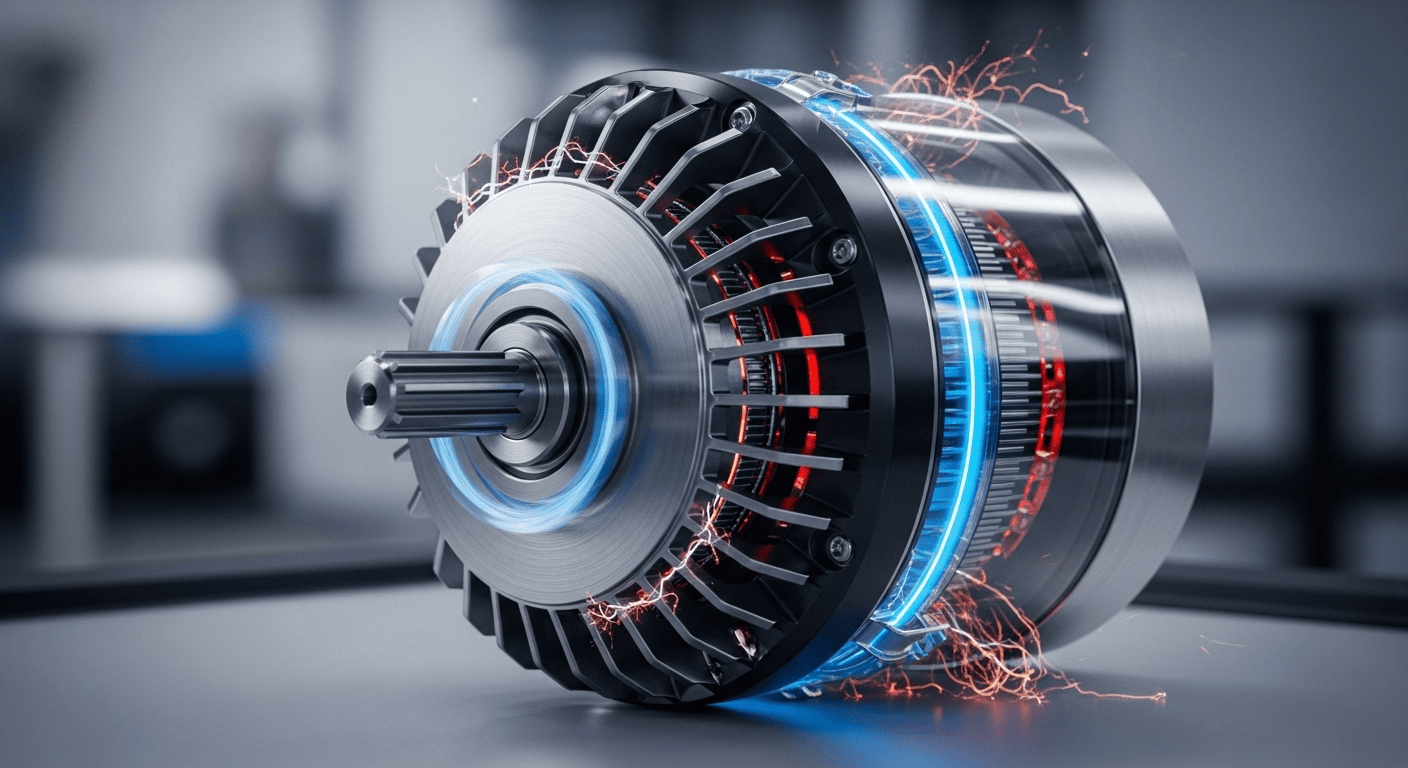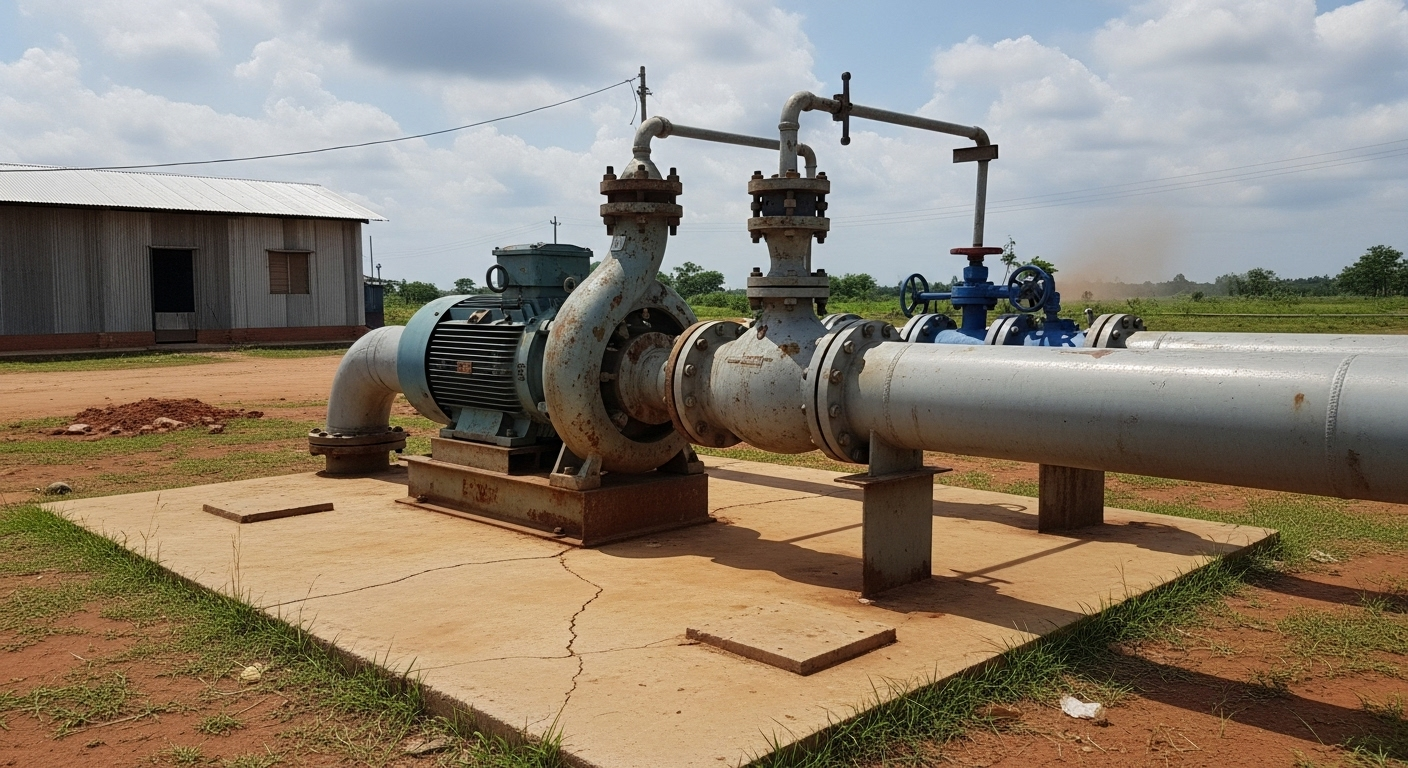A high-speed electric motor is a specialised motor designed to operate at rotational speeds much higher than standard industrial motors. While conventional motors typically run at 1500 RPM (4-pole) or 3000 RPM (2-pole) at 50 Hz, high-speed electric motors can achieve speeds from 10,000 RPM up to 100,000 RPM depending on the design and application. These motors play a critical role in industries where precision, compactness, and performance are essential.
What is a High Speed Electric Motor?
A high-speed electric motor is engineered to deliver high RPM without compromising on torque and efficiency. These motors usually feature advanced rotor designs, precision bearings, and superior cooling systems to handle the thermal and mechanical stresses associated with high-speed operation. They are commonly driven by Variable Frequency Drives (VFDs) or power electronic converters to control speed accurately.
High Speed Electric Motor vs Standard Electric Motor – Key Differences
| Feature | Standard Motor (4-Pole) | High-Speed Motor |
|---|---|---|
| Speed (RPM) | 1500–3000 | 10,000–100,000 |
| Size for Same Power | Larger | Smaller |
| Gearbox Required | Yes (often) | No (Direct Drive) |
| Efficiency | 85–90% | 93–96% |
| Maintenance | Higher (gearbox, bearings) | Lower |
| Applications | Pumps, Fans, Compressors | CNC Spindles, Turbo Compressors, EVs |
| Cost | Lower initial cost | Higher, but energy-saving |
Applications of High Speed Electric Motors
High-speed motors are widely used in various industrial and commercial sectors due to their ability to reduce size and weight while maintaining high power output. Some common applications include:
-
Turbo Compressors and Pumps – For air separation plants, chemical processing, and refrigeration.
-
Centrifugal Machines – Used in medical centrifuges, pharmaceutical production, and analytical equipment.
-
Spindle Drives in CNC Machines – Ensures high-precision machining operations.
-
HVAC Systems – For energy-efficient fans and blowers requiring high rotational speed.
-
Electric Vehicles (EVs) – High speed motors are ideal for traction systems due to their efficiency and compact size.
Advantages of High Speed Electric Motors
-
Compact Size & Lightweight – Higher speeds allow for smaller motors with the same power rating.
-
Energy Efficiency – Advanced designs reduce energy losses, improving overall efficiency.
-
Direct Drive Capability – Eliminates the need for gearboxes, reducing maintenance and increasing reliability.
-
Precision Control – When paired with VFDs, they offer excellent speed and torque control.
Choosing the Right High Speed Electric Motor
When selecting a high speed electric motor, consider factors like:
-
Speed Range (RPM) – Depending on your application requirements.
-
Load Type – Continuous or intermittent duty.
-
Cooling Method – Air or liquid cooling for heat dissipation.
-
Control System – Ensure compatibility with VFD or power electronics.
A high speed electric motor is an ideal choice for industries where space-saving, energy efficiency, and performance matter most. Investing in the right motor ensures long-term reliability and reduced operational costs.



